Related Research Articles

Jaap Kunst was a Dutch musicologist. He is credited with coining the term "ethnomusicology" as a more accurate name for the field then known as comparative musicology. Kunst studied the folk music of the Netherlands and of Indonesia. His published work totals more than 70 texts.

Wolter Robert Baron van Hoëvell was a Dutch minister, politician, reformer, and writer. Born into nobility and trained in the Dutch Reformed Church, he worked for eleven years as a minister in the Dutch East Indies. He led a Malay-speaking congregation, engaged in scholarly research and cultural activities, and became an outspoken critic of Dutch colonialism. His activism culminated when he acted as one of the leaders of a short-lived protest in 1848. During the event, a multi-ethnic group of Batavian inhabitants presented their grievances to the local government. As a result of his leadership in the protest, van Hoëvell was forced to resign his position in the Indies.

Bima is a city on the eastern coast of the island of Sumbawa in central Indonesia's province West Nusa Tenggara. It is the largest city on the island of Sumbawa, with a population of 142,443 at the 2010 census and 155,140 at the 2020 census; the official estimate as at mid 2021 was 156,224. It is separate from the adjoining Regency of Bima which had a population of 520,444 according to the mid 2021 official estimates..

Hendrikus Albertus Lorentz was a Dutch explorer in New Guinea and diplomat in South Africa.

Adolphe Guillaume Vorderman was a Dutch physician and scientist whose study of the link between polished rice and beriberi in the Dutch East Indies in 1897 helped lead to the discovery of vitamins. In addition, he was an ornithologist and botanist. His great-granddaughter is British television presenter Carol Vorderman.
Gelgel is a village (desa) in the regency (kabupaten) of Klungkung, on Bali, Indonesia. The village, near the coast four kilometers south of the regency capital Semarapura, contains a number of structures of cultural interest, and is known for its pottery and handwoven ceremonial songket cloth. The height of the village's power came during the kingdom of Gelgel, which dominated Bali from around the early 16th century to 1686. There are no traces left today of the old royal palace (puri). The old ancestral shrine of the ruling dynasti, Pura Jero Agung, is still standing in the old palace area. To the east of Pura Jero Agung is another old temple, Pura Dasar, which is a lowland counterpart of the "mother temple" of Bali, Pura Besakih. The village also contains the oldest mosque in Bali, which was built by Javanese retainers of the old kings.

Dalem Di Made was a king of Bali who may have reigned in the period 1623–1642. He belonged to a dynasty that claimed descent from the Majapahit Empire of Java, and kept residence in Gelgel, close to Bali's south coast.
Gusti Panji Sakti was King of the Kingdom of Buleleng, in northern Bali, Indonesia, from around 1660 to 1700. He is commemorated as an heroic ancestral figure who expanded the power of Buleleng to Blambangan on East Java. He is said to have been the son of Dalem Seganing.

Willem Anthony Engelbrecht, also known as Willem Anthonie Engelbrecht, was a Dutch jurist and colonial administrator. He was one of the originators of the so-called "Dutch Ethical Policy" in the Dutch East Indies.
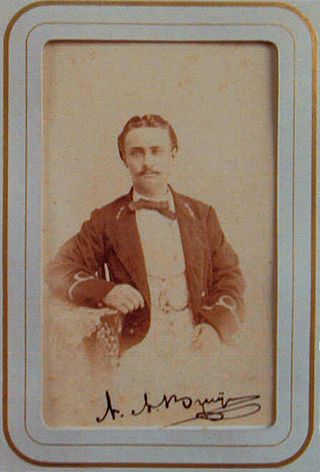
Antonie Augustus Bruijn was a Dutch navy officer, naturalist and trader in naturalia from the Dutch East Indies. He was the son-in-law of Maarten Dirk van Renesse van Duivenbode who from 1858 to 1861 provided lodging and assistance to Alfred Russel Wallace when he traveled through the Moluccan islands.
Lemolang is an Austronesian language of Sulawesi, Indonesia. It is spoken in two villages in North Luwu Regency, South Sulawesi.

Jean Pierre Moquette moved from the Netherlands to Java in 1873. He worked as a bookkeeper at the sugar plantation and factory 'Kremboeng', in Sidoarjo near Surabaya. He was also a stamp and coin dealer in Surabaya. He became known for the alterations of stamps and postal stationery. Besides philately, numismatics and his bookkeeping work in the sugar business, he was a researcher in the field of sugar cane. For his research of cane sowing and crossing he was in 1898 appointed Officer of the Order of Orange-Nassau. In 1900 he founded the Indonesian Numismatic Cabinet in which he was active as curator. In the early 1900s he did ethnographic and historical research for which in 1924 he was appointed correspondent for the Royal Netherlands Academy of Arts and Sciences in Amsterdam.
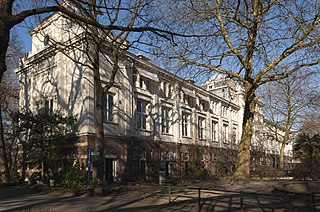
Ethnographic Museum Artis was an ethnographic museum in Amsterdam, Netherlands. It was situated at the Artis zoo.
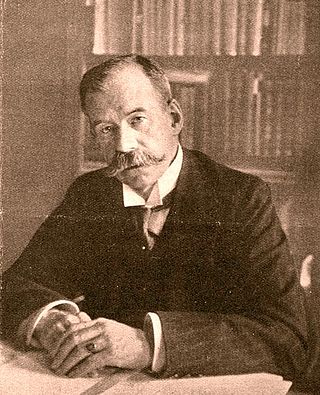
Conrad Theodor "Coen" van Deventer was a Dutch lawyer, an author about the Dutch East Indies and a member of parliament of the Netherlands. He became known as the spokesman of the Dutch Ethical Policy Movement. He lived at Surinamestraat 20, The Hague (1903–1915), former residence of John Ricus Couperus, his son writer Louis Couperus and the rest of his family (1884–1902).
Hendrik Ulbo Eric"Bonno"Thoden van Velzen was a Dutch anthropologist, Surinamist and Africanist.
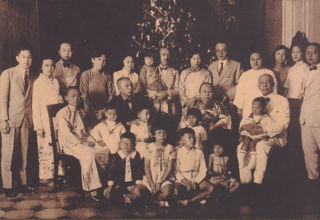
The Lauw-Sim-Zecha family is an Indonesian family of the 'Cabang Atas' or the Chinese gentry of the Dutch East Indies. They came to prominence at the start of the nineteenth century as Pachters, Landheeren (landlords) and Kapitan Cina in the colonial capital, Batavia, and in the hill station of Sukabumi, West Java. The family is of mixed Peranakan Chinese and Indo-Bohemian descent.

Frans Friedrich Ludwig Ulrich Last was a Dutch jurist who served as Attorney General at the Supreme Court of the Dutch East Indies.
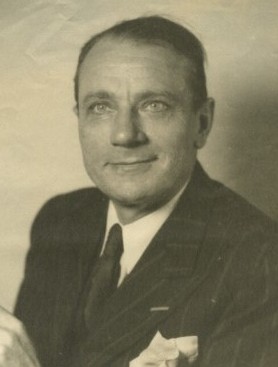
George Antoon Philip Weijer (1891-1979) was a business representative in colonial Indonesia, an economics professor at the University of Utrecht, and a government advisor and company director in the Netherlands.
Yap Goan Ho was a Chinese Indonesian translator, businessman, bookseller, and publisher based in Batavia, Dutch East Indies. In the 1880s and 1890s, he was one of the first Chinese Indonesians to own a printing press and the first to publish Chinese language novels in Malay language translations.

Johan Theodorus (Jan) Broekhuijse was a Dutch anthropologist, ethnographer, civil servant and photographer.
References
- 1 2 van der Goes, H.D.A.G; Roijer, G; Beckman, F.G.; Croockewit, H. (1862). Nieuw-Guinea, ethnographisch en natuurkundig onderzocht en beschreven in 1858 door een Nederlands Indische Commissie (in Dutch). Amsterdam: Koninklijk Instituut voor Taal- Land- en Volkenkunde van Nederlandsch Indie. Retrieved 2 July 2022.
- ↑ Wallace, Alfred Russel (1869). Malay Archipelago Vol.1. p. 271.